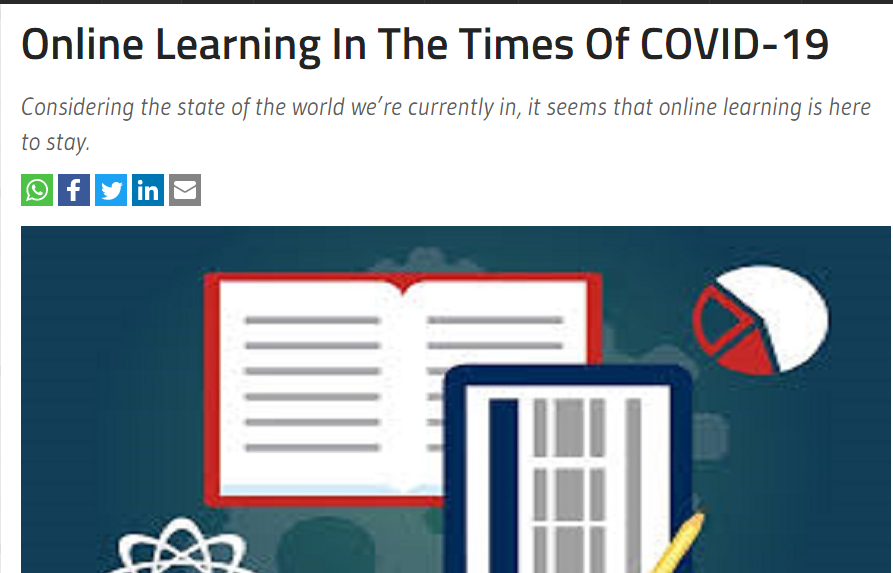
A recent tele-survey conducted by Centre for Catalyzing Change (C3) that was aimed at tracking the schooling status of the adolescent girls and risk factors for school dropouts during COVID -19, highlights important evidence in this regard. Conducted in rural communities across the states of Jharkhand, Bihar, Chhattisgarh, and Odisha, one of its key findings was that custody and access to media (such as TV, radio, newspaper) or mobile-based internet and social media communication has so far been mostly dominated by the men of the household. For example, compared to over 35% of the adolescent boys between the ages of 15-19 who were surveyed, only 18% adolescent girls claimed to own a personal mobile phone, which is nearly half the amount. Therefore, adolescent girls had to depend on their male family members for essential support with respect to the availability of phones or the internet before they could attend an online class. This, coupled with the financial burden many households are facing during the pandemic, and the added burden of care-work and household work that girls and women had to take on during lockdown, has made it doubly difficult for a conducive environment to be created around an adolescent girl for her to pursue her education without disruption or fear. Almost double the amount of adolescent girls stated in the survey that it was more likely for them to drop out of school because of the pandemic compared to the number of boys who stated the same. Out of this, nearly 29% of the girls said that if they were to drop out, it would be to help out with household and care work.
Read more on how this survey highlights the impact of COVID-19 on online learning here: http://bweducation.businessworld.in/article/Online-Learning-In-The-Times-Of-COVID-19-/16-10-2020-332173/
- November 2022
- October 2022
- September 2022
- August 2022
- July 2022
- June 2022
- May 2022
- April 2022
- March 2022
- December 2021
- October 2021
- September 2021
- August 2021
- July 2021
- May 2021
- April 2021
- March 2021
- February 2021
- January 2021
- December 2020
- October 2020
- September 2020
- August 2020
- July 2020
- June 2020
- May 2020
- April 2020
- March 2020
- January 2020
- December 2019
- October 2019
- September 2019
- August 2019
- January 2017
- August 2016
- June 2016
- January 2016



